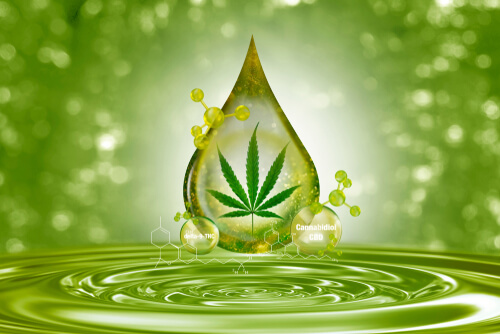
CBD products are medications that contain a high amount of cannabidiol extracted from the traditionally cultivated hemp plants. Growing hemp for extracting cannabidiol is its recent application because CBD was not legal in the US before 2018. A CBD product undergoes a series of extraction processes, purification processes, and multiple lab tests before it reaches the market.
Here is a brief discussion of three popular extraction methods of CBD.
Solvent Extraction Method
It is one of the easiest and cheapest methods of CBD extraction and uses solvents like ethanol, butane, propane, etc. As a first step, the plant parts are put in a container and the solvent is then run through the plant material to rip off the cannabinoids from it. The solvent extraction method extracts chlorophyll along with the cannabinoids giving the oil a characteristic bitter taste. The final step in solvent extraction is the evaporation of the solvents because retaining the solvents in the final product will contribute to its toxicity.
Olive Oil Extraction
It is one of the oldest extraction methods which is well known for being a low-cost and safe extraction method with relatively simple processes.
The first step in the olive oil extraction method is decarboxylation, in which the plant material is heated to a particular temperature for a specific amount of time to activate the chemicals in the plant. In the process, cannabidiolic acid is converted to CBD, and later, the decarboxylated plant material is combined with olive oil and heated again.
The olive oil does not evaporate like in the solvent ethanol extraction process leading to decreased concentration of CBD oil. Lower concentration indicates that users have to take higher dosages to get the optimum benefits out of CBD and in addition to that, the perishable nature of olive oil reduces the shelf life of CBD oil extracted using olive oil.
CO2 Extraction of CBD
It is the most popular CBD extraction method owing to the high purity levels it can produce, and it is safer than many of the conventional extraction methods.
CO2 is converted to a supercritical state by exposing it to high pressure, low-temperature environment, and the supercritical CO2 is used for CBD extraction. CO2 extraction does not extract chlorophyll from the plant material like in the case of solvent extraction.
Concluding that one extraction method has better performance than other methods in all aspects is not possible. However, when factors like purity and safety are considered, CO2 extraction has the reputation of being the ideal extraction method with the high associated cost being its only downfall.

